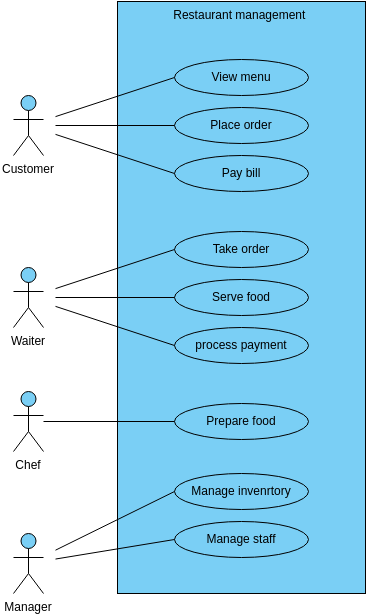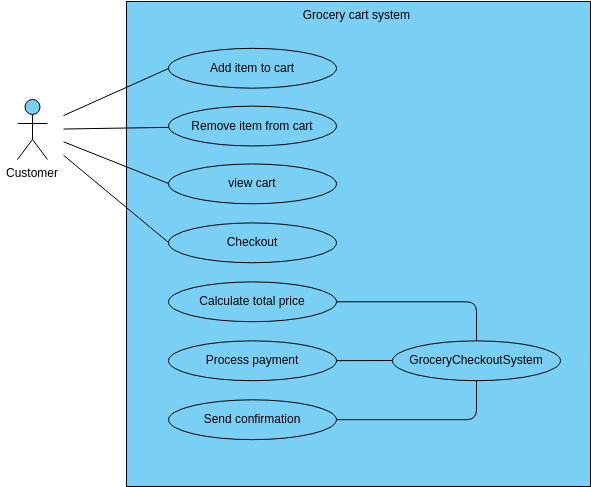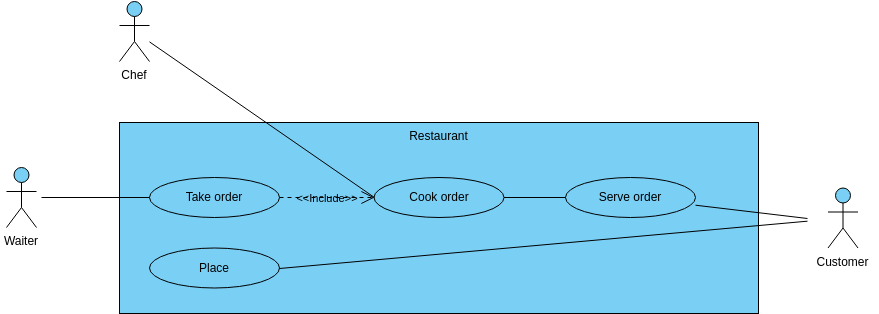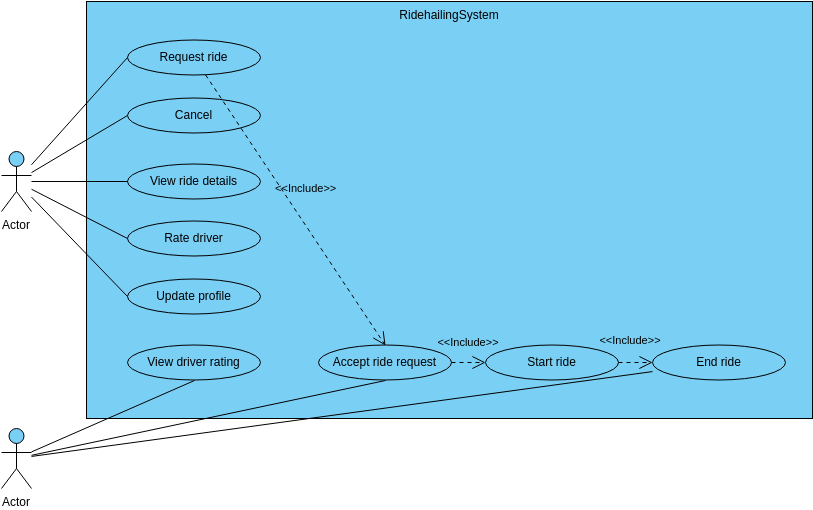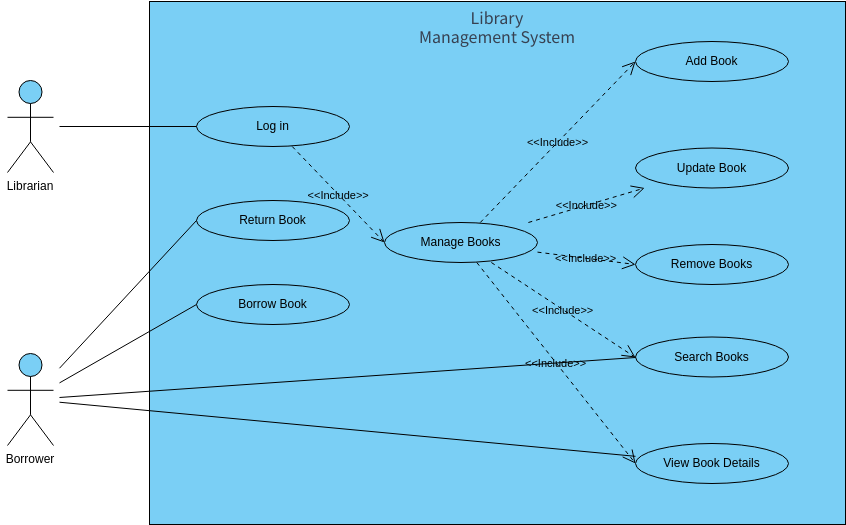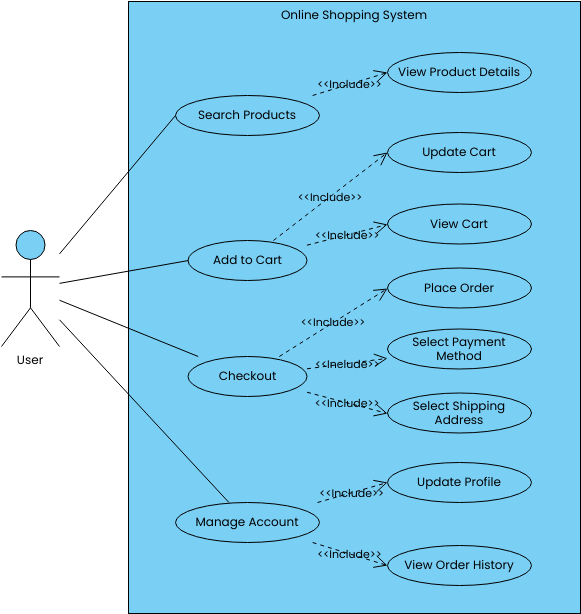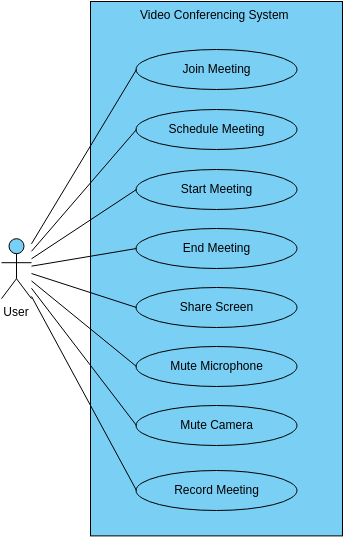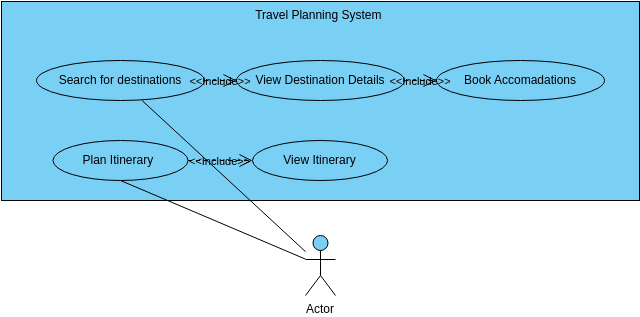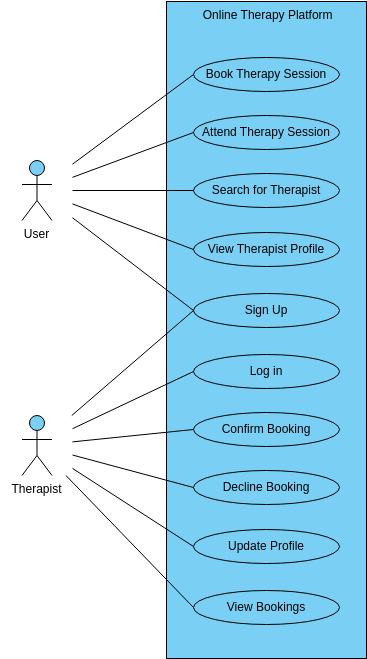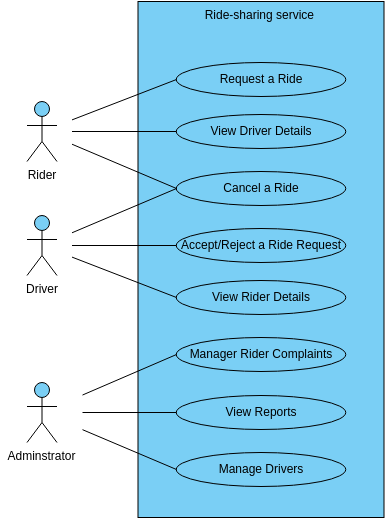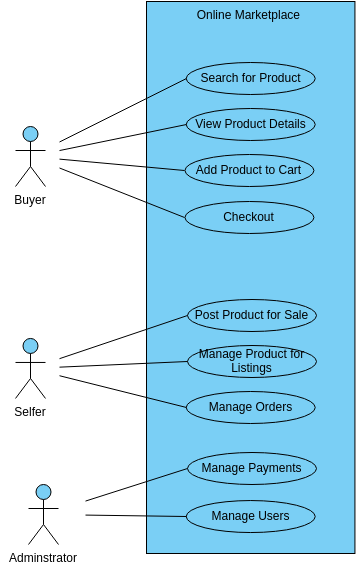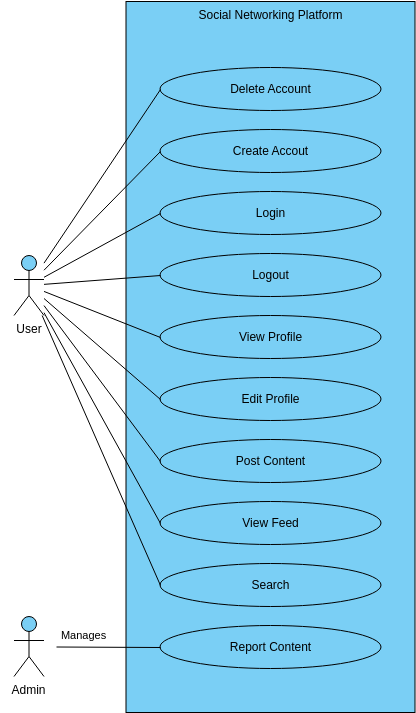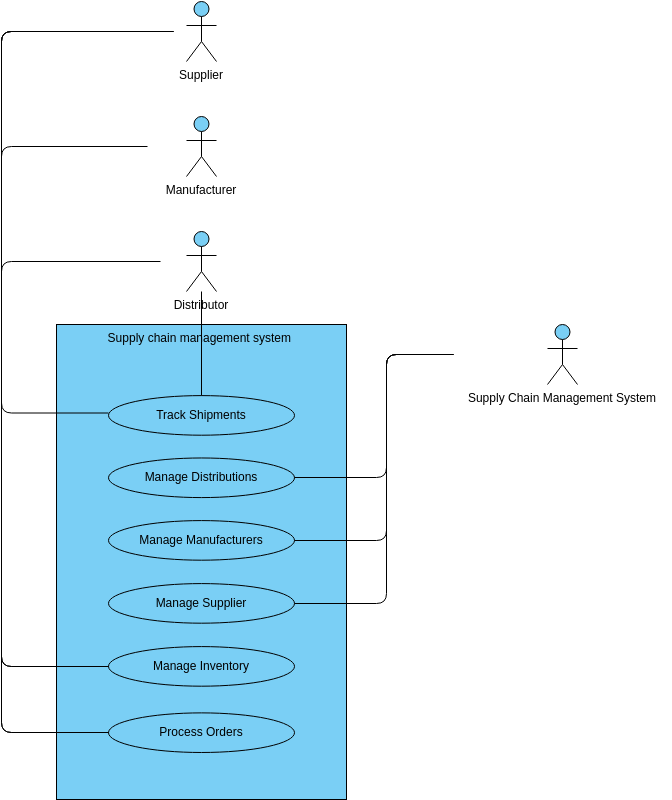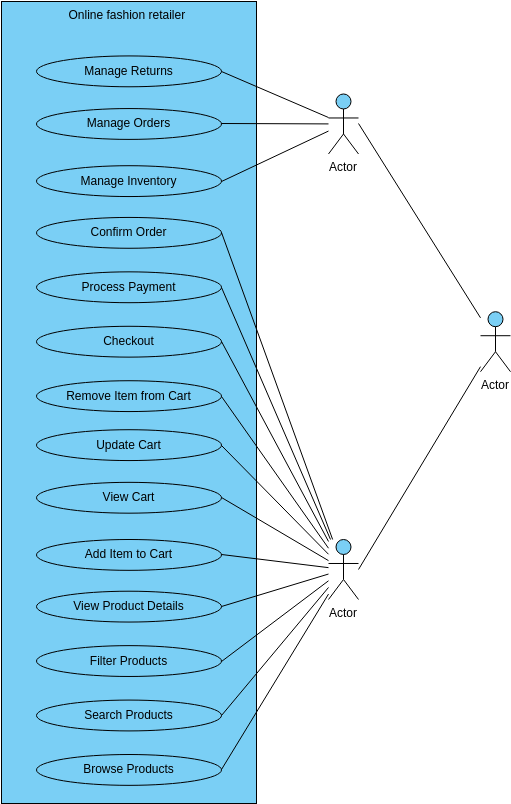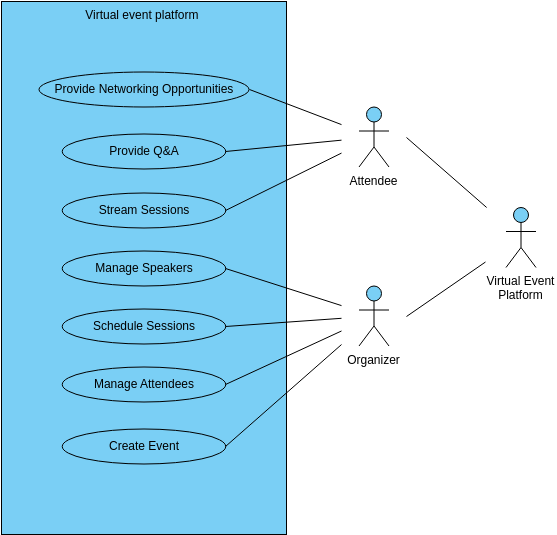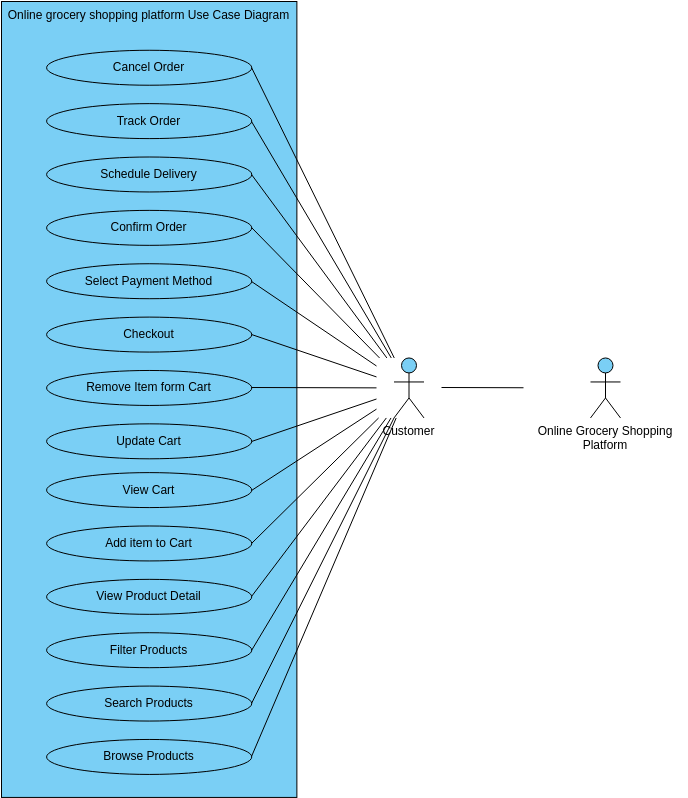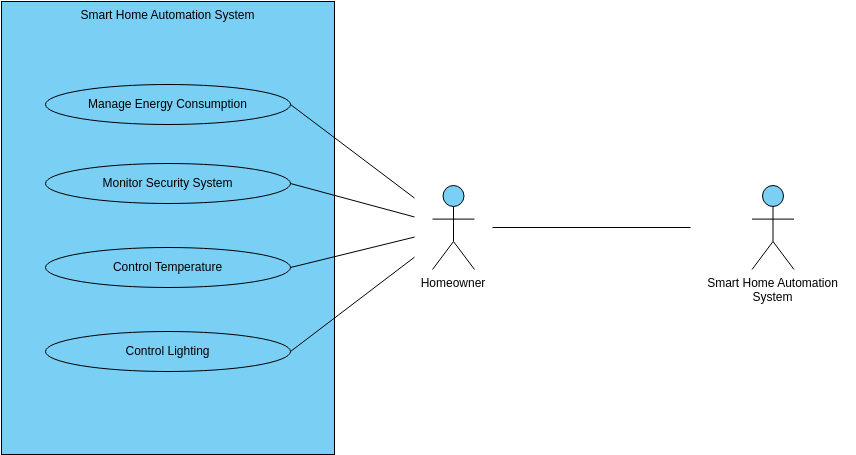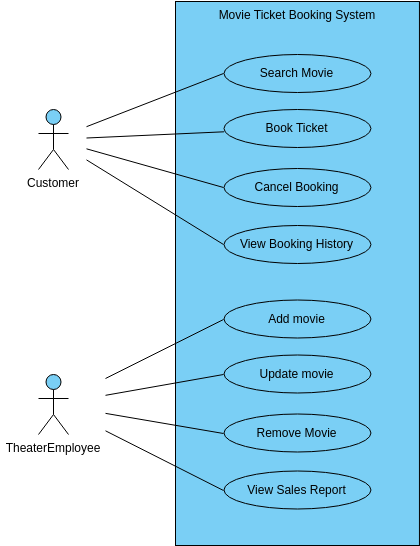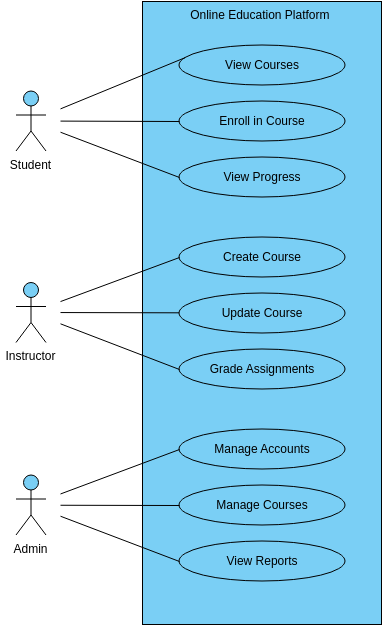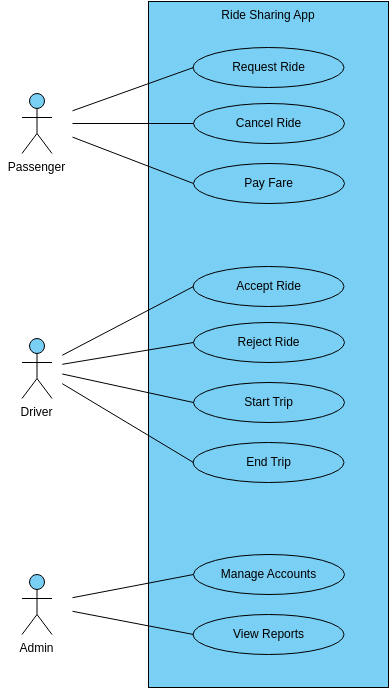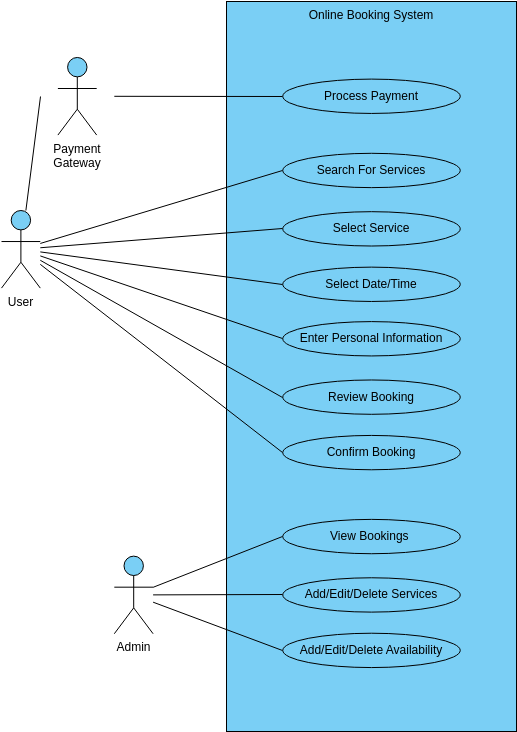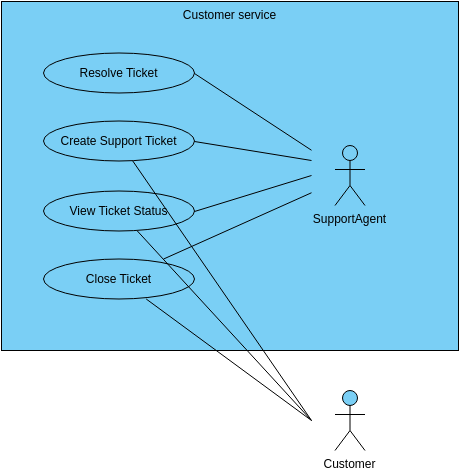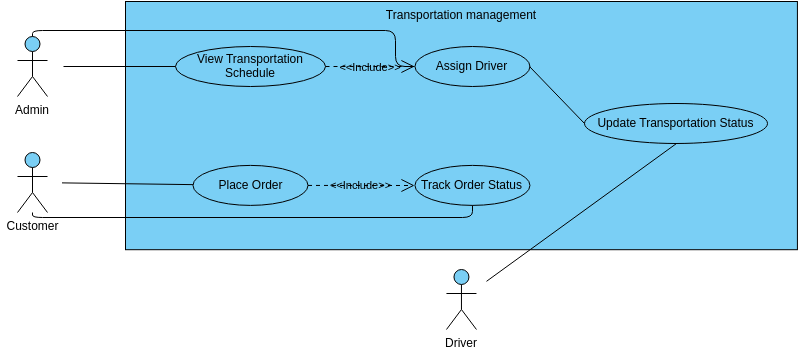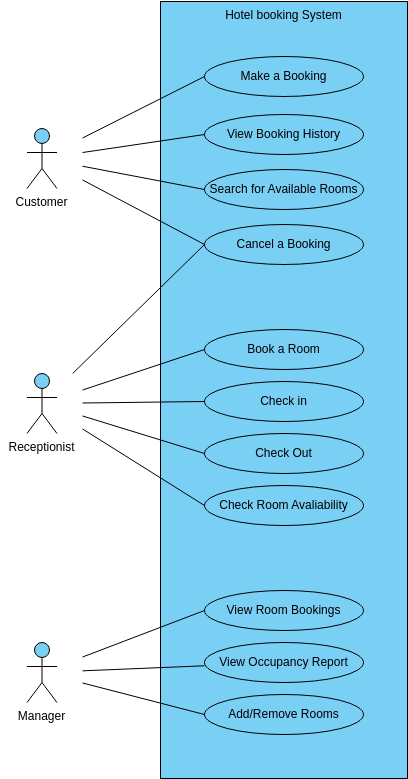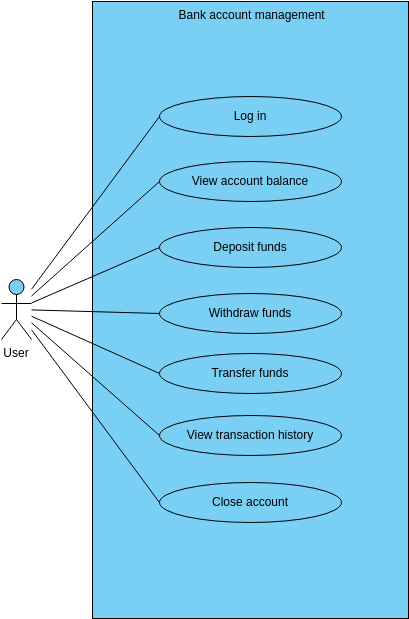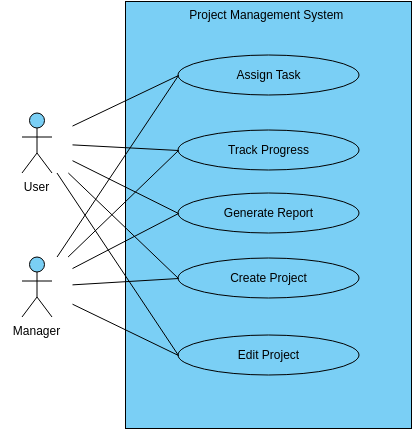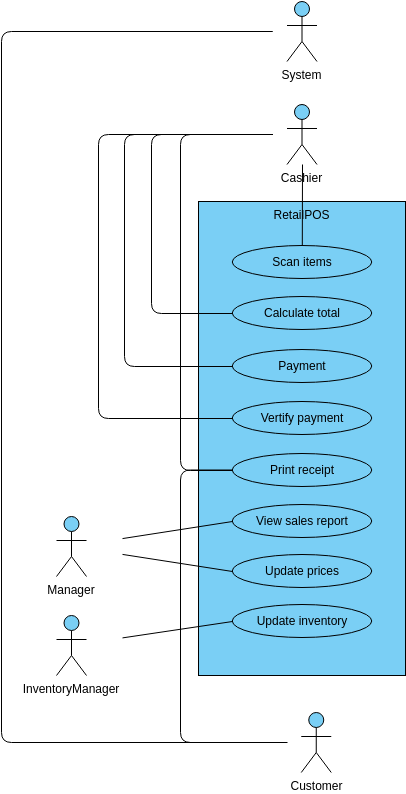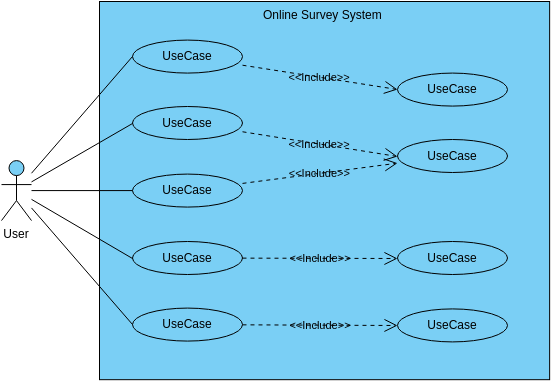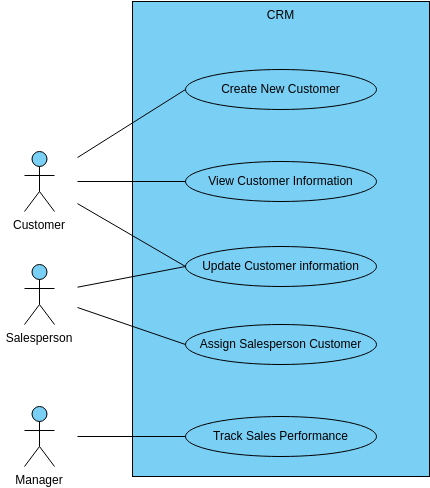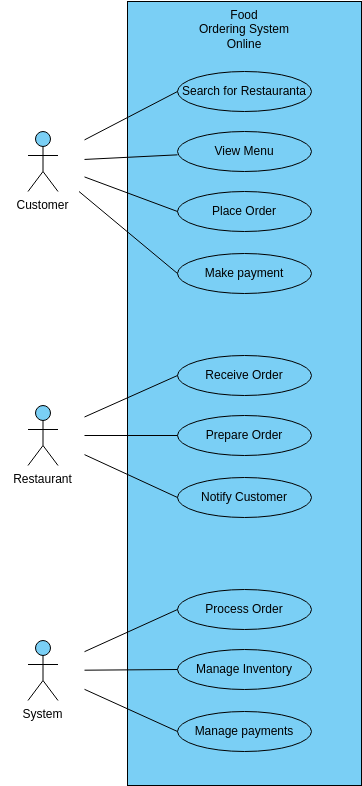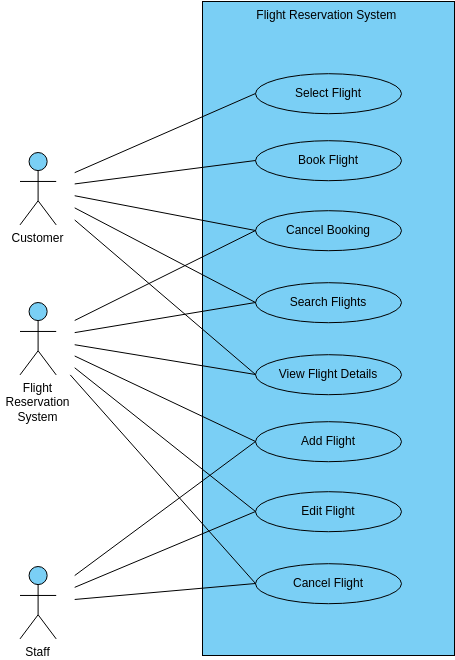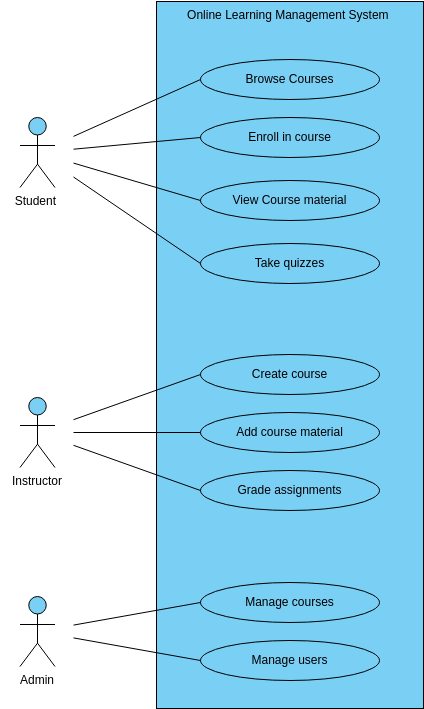Restaurant management use case diagram
The Restaurant Management Use Case Diagram outlines the different functionalities of a restaurant management system. The first use case is to view the menu. This involves allowing customers to view the menu items, along with their descriptions and prices. The menu can also be customized to include allergen information and dietary restrictions.
The second use case is to place an order. This involves allowing customers to place an order for food and drinks, either through a server or through a self-service kiosk. The order is then sent to the kitchen, where it is prepared and served to the customer.
The third use case is to pay the bill. This involves allowing customers to pay for their meal, either through cash, credit card, or mobile payment. The payment can also be split among multiple customers, and the system can generate receipts and track expenses for accounting purposes.
The fourth use case is to manage inventory and staff. This involves allowing managers to track inventory levels, manage suppliers, and monitor staff performance. The system can also generate reports on inventory usage, sales trends, and labor costs.
Pros of creating this use case diagram
Creating a Restaurant Management Use Case Diagram has several advantages for a restaurant management system. Firstly, it helps to standardize the restaurant management process with a focus on offering a seamless and convenient dining experience. By following a standardized process, the restaurant can ensure that customers receive a consistent and reliable service when viewing the menu, placing orders, and paying their bills. The use case diagram can also serve as a reference tool for managers and staff, allowing them to quickly access information about the correct procedures to follow for managing inventory, staffing, and financial transactions. This helps to reduce the likelihood of errors or omissions in the restaurant management process and ensures that customers receive a consistent level of service.
Secondly, the use case diagram can help to improve the efficiency of the restaurant management process. By clearly outlining the steps involved in managing inventory, staffing, and financial transactions, the use case diagram can help to identify any bottlenecks or inefficiencies in the process. This information can then be used to make improvements to the process, such as optimizing inventory levels, improving staffing schedules, or streamlining payment processing. Improving the efficiency of the restaurant management process can help to reduce costs, increase revenue, and improve customer satisfaction.
Searching for some use case templates? Go to Visual Paradigm Online and select some designs for customization now!
